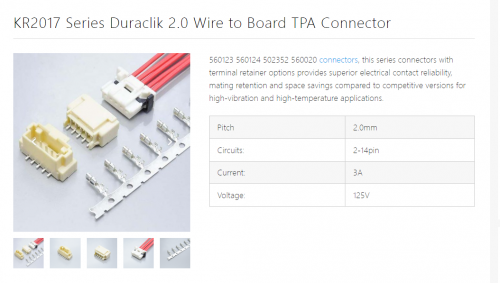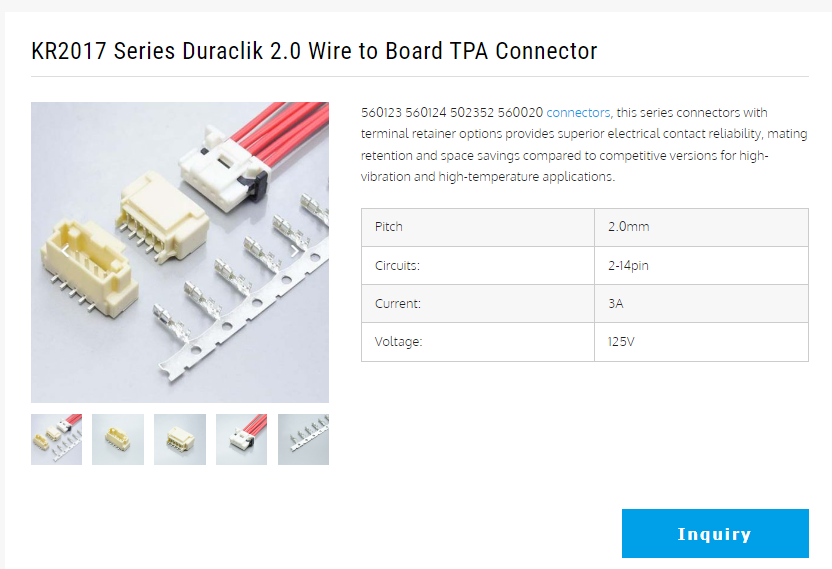Connector specifications cover two major areas: Electrical performance, including current carrying capacity, impedance, voltage, etc. Qualification specifications, such as RoHS, ELV, and UL This article will focus on board-to-board connectors. These connectors are used on PCB circuit boards. The specification details of these types of connectors are representative of those used in the telecommunications, instrumentation, and computing fields.
Ⅰ. Electrical specifications
Current carrying capacity : Digital systems typically use milliamp current levels. Current carrying capacity is rarely determined by the connector but rather by the width and thickness of the traces on the printed circuit board.

Voltag Voltage: Today’s digital systems often use voltage levels below 5V to achieve fast signal switching, high-density circuits, and simple layouts. Almost all connectors can easily handle this low voltage.
Impedance: Most digital systems today use 100 ohm differential signaling. Chips, connectors, and boards are designed for 100 ohm impedance, which helps avoid signal degradation due to impedance discontinuities. About a decade ago, Intel began developing chips that expected to see 85 ohm signals, so recently you will find 85 ohm connectors as an option. Work with the system architect who selects the system impedance to ensure that all connectors in the signal path meet this impedance range.
Ⅱ. Qualification specification
RoHS (Restriction of Hazardous Substances): RoHS-compliant connectors are certified to contain no lead, cadmium, or several other hazardous substances suspected of causing cancer. Some military and aerospace applications still require lead, but systems for these markets will explicitly specify this. The default is to use RoHS.
ELV Compliance: Similar to RoHS, but specifically for EU vehicles. Basically, they want to make sure your car can be recycled without emitting those carcinogens. If you are RoHS compliant, then ELV applies, too.
Lead-free: Basically, to meet RoHS requirements, manufacturers need to remove lead from plating and any solder used for connectors. The net effect is that the temperature at which connectors are soldered needs to be increased. Common tin-lead solder melts at ~183°C. Common lead-free alternatives have a reflow temperature range of 227°, so the connector plastic needs to withstand this higher temperature. If you use parts that are specified as lead-free, you are safe.
UL: This is a flammability certification, and generally speaking, if you choose a connector that uses UL94V-0 material, you will meet the flammability requirements for systems used in telecommunications and data centers or similar environments. (V-1 and V-2 are more flammable than V-0 )










